What was the costume like in the Heian period? Learn about Japanese costume culture at Saigū

A detailed explanation of the history and characteristics of Heian period costumes! You can enjoy wearing Junihitoe and Sokutai costumes at Saigū in Meiwa-cho, Mie Prefecture. Why not plan a special trip to experience the depth and beauty of Japanese culture?
-
Table of Contents
- What was the costume like in the Heian period? Its history and background
- What is the Junihitoe, a typical women's costume from the Heian period?
- Men's clothing in the Heian period
- The appeal of experiencing Heian period clothing at Meiwacho Saiku
- Summary | Experience the beauty of Heian period clothing
What was the costume like in the Heian period? Its history and background

The importance of clothing in the Heian period
Clothing in the Heian period was not simply clothing; it played an important role in indicating one's status, rank, and personal taste.
In particular, in aristocratic society, there were detailed regulations regarding colors and materials, and people expressed their education and status through their clothing.
Specifically, they wore gorgeous silk costumes, including the twelve-layered kimono and sokutai, and were characterized by their flashy and ceremonial attire.
On the other hand, clothing for common people was focused on functionality and was simple, made from cotton and linen.
This difference clearly reflects the social hierarchy of the time.
The cultural significance of Heian period clothing remaining
Costumes from the Heian period continue to influence modern Japanese clothing and traditional events.
In particular, the twelve-layered kimono can be seen at weddings and the imperial enthronement ceremony, and can be said to be a symbol of Japanese culture.
What is the Junihitoe, a typical women's costume from the Heian period?
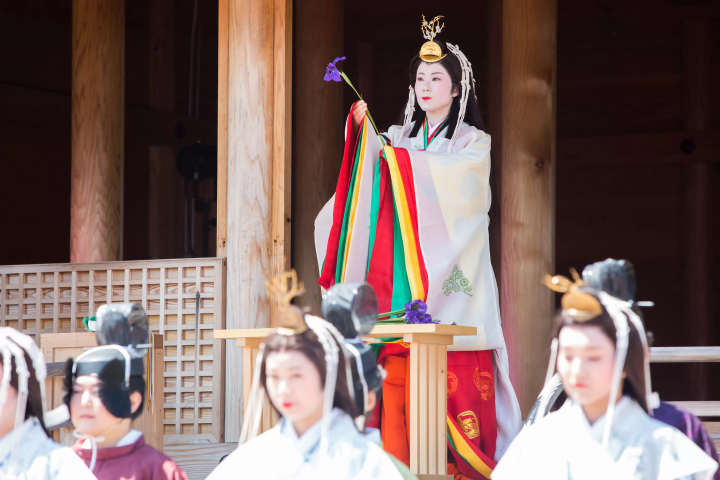
Structure and Features of Junihitoe
The Junihitoe is a multi-layered costume characterized by beautiful color schemes created by multiple layers.
Generally speaking, it does not refer to the "12 pieces" but to the entire garment, from undergarments to outerwear. It is designed to regulate the wearer's body temperature, and combines functional beauty with artistry.
The colours of this costume were chosen according to the season, the occasion and the status of the wearer.
Particular importance was placed on a sense of color schemes, known as "kasane no irome," and color schemes that reflected natural scenery and the changing seasons were considered stylish.
How to wear Junihitoe and the steps
Putting on the twelve-layered kimono is very complicated and cannot be done by one person.
It requires careful procedures by a specialized dresser, and the process itself has a ritualistic significance.
Men's clothing in the Heian period
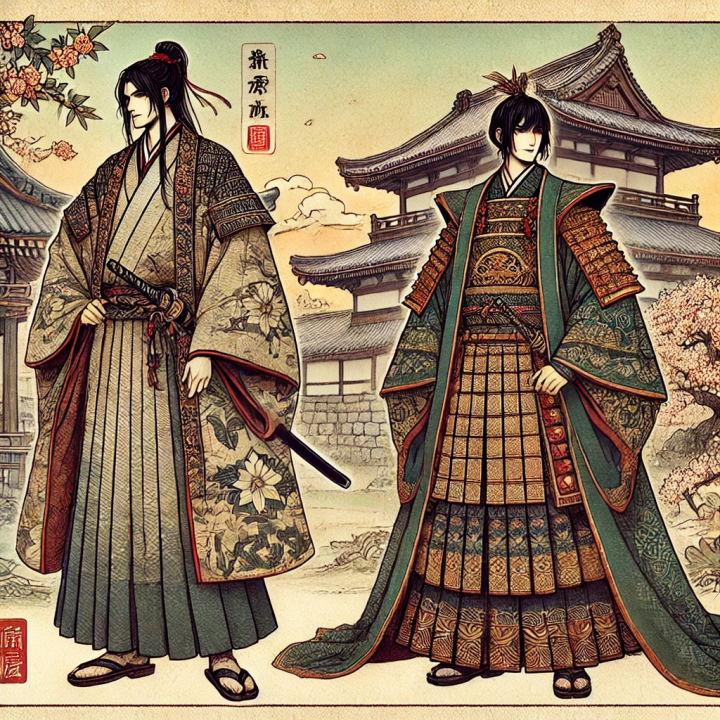
Men's clothing included the "kariginu" which was everyday wear, and the "sokutai" which was worn on formal occasions.
The kariginu is designed with ease of movement in mind, while the sokutai is a luxurious garment that shows authority and formality.
In addition, practicality and elegance were sought rather than extravagance. In particular, the loose movement of the sleeves and hems of the kariginu robes give a sense of the aesthetic sense of the Heian period.
Even today, men's clothing from the Heian period can be seen at Imperial ceremonies and Noh plays.
It symbolizes traditional Japanese culture and conveys the aesthetics of that time to the present day.
The appeal of experiencing Heian period clothing at Meiwacho Saiku
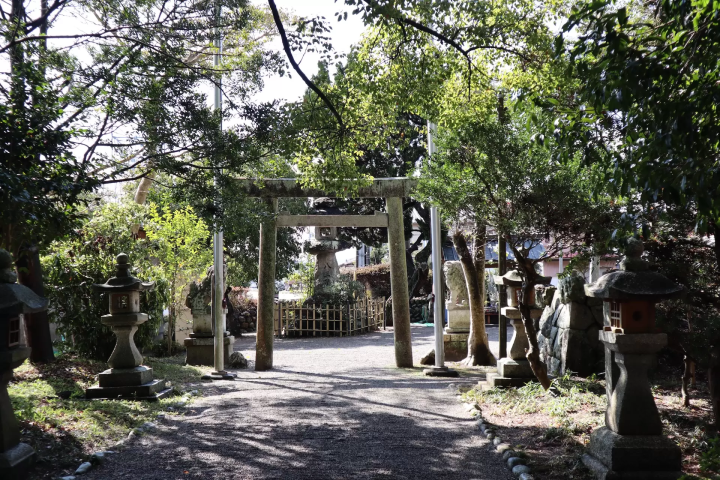
What is Meiwacho Saigu? Its history and role
Saigū was established during the Heian period as a residence for unmarried women (Saio) who served Ise Shrine.
It is the religious and cultural center of Japan, and is now a popular tourist destination where you can learn about its history.
About the Heian period costume experience program
At Saigū, there are experience programs available where you can actually try on the Junihitoe kimono and the men's Sokutai kimono.
By putting on the costume, you will have a special opportunity to experience the atmosphere of the Heian period.
There are many historical buildings and nature-rich walking spots in the vicinity of Saigū, making it a perfect tourist destination to stop by on your way to Ise Shrine.
Summary | Experience the beauty of Heian period clothing
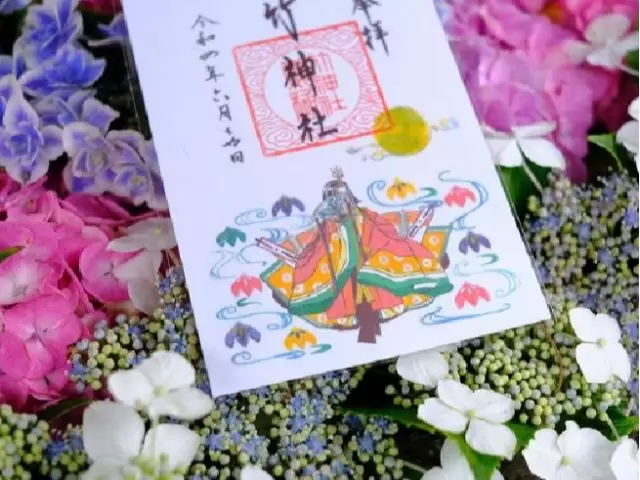
Costumes from the Heian period are more than just clothing; they are a culmination of culture that reflects the sensibilities and spirituality of the Japanese people.
A visit to Saigū will create special travel memories that you can't experience anywhere else.
Please come and visit us.
The entrance to Oise-san, Meiwa-cho. Meiwa Town is a town where the Miyako ``Saikyu'', where the princess of the imperial family, ``Saio'', who served Amaterasu Omikami at Ise Grand Shrine in place of the Emperor, once lived, remains as a historical site.
The contents on this page may partially contain automatic translation.






![[Japanese cultural experience at Tsukiyomi-no-za] Experience wearing the traditional and formal kimono, Junihitoe ♪](https://resources.matcha-jp.com/resize/720x2000/2024/08/17-193016.webp)



![[SHIMAKAZE: A Train You Should Ride at Least Once] We recommend the SHIMAKAZE, which can take you to the seaside resort of Ise-Shima from Osaka, Kyoto, and Nagoya without transferring.](https://resources.matcha-jp.com/resize/720x2000/2025/06/09-235798.webp)















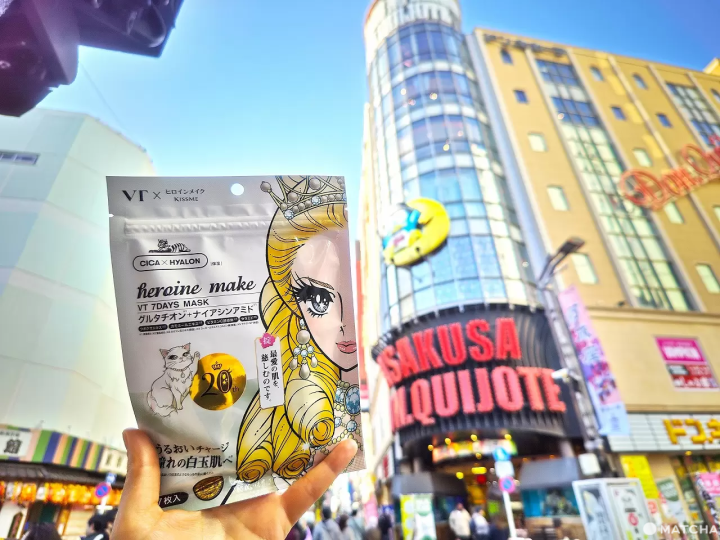
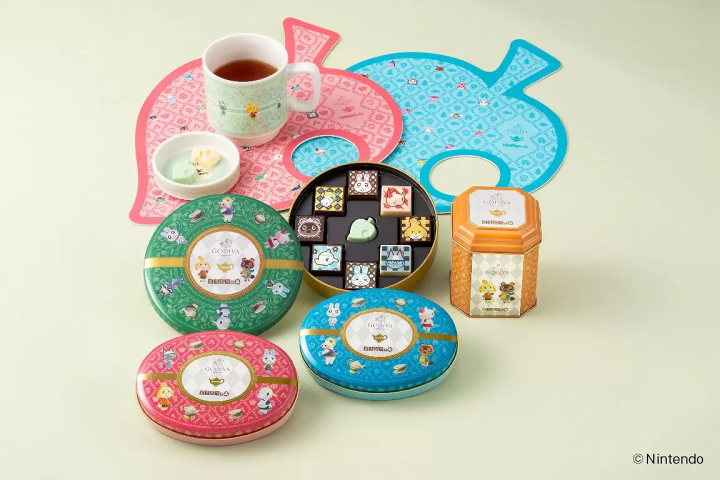
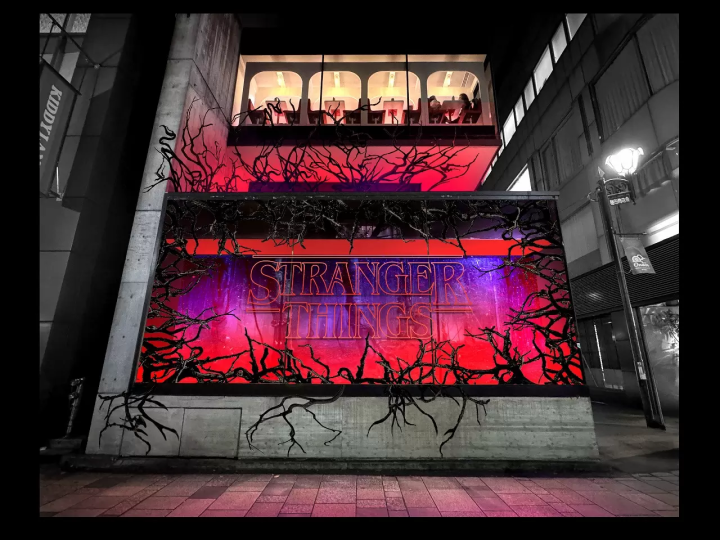
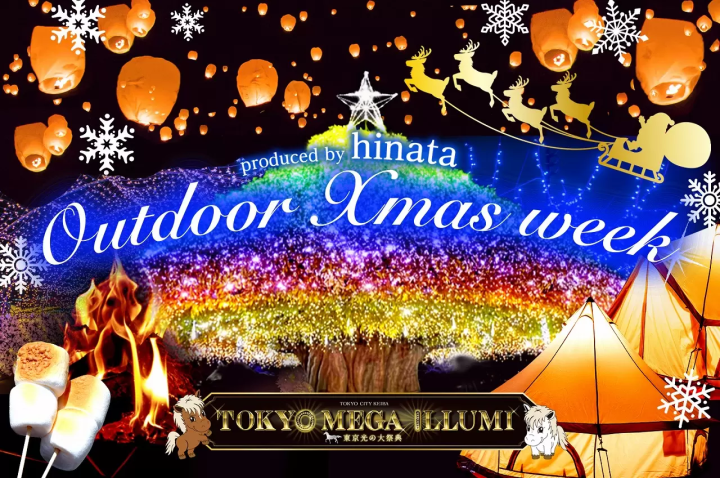
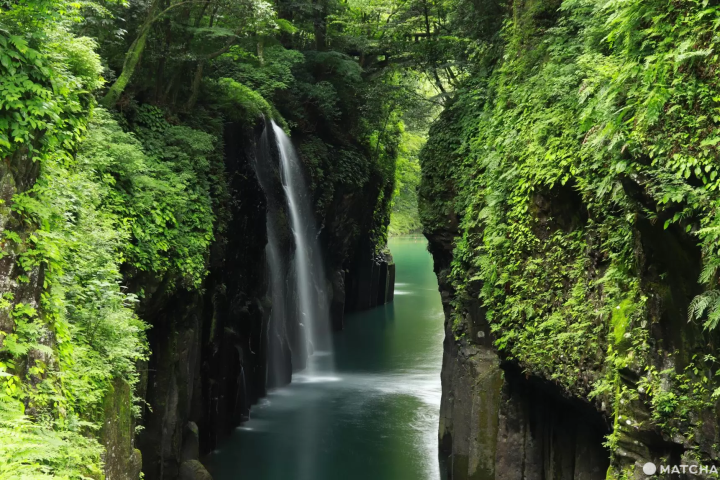






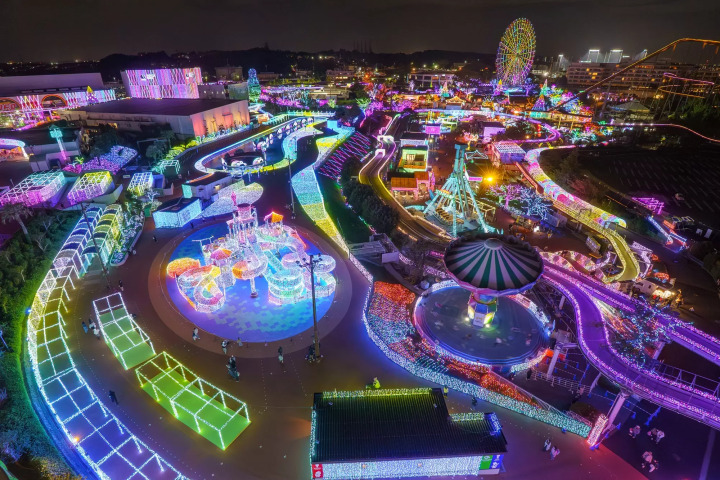
![[Coupon Available] Recommended Fall/Winter Wear from Scandinavian Brand "Helly Hansen"](https://resources.matcha-jp.com/resize/720x2000/2025/12/15-252920.webp)
![Deep dive into Japanese brands! A tour of famous leather shoe stores with GENSEI & Nin [Otsuka Shoes Edition]](https://resources.matcha-jp.com/resize/720x2000/2025/12/15-252972.webp)